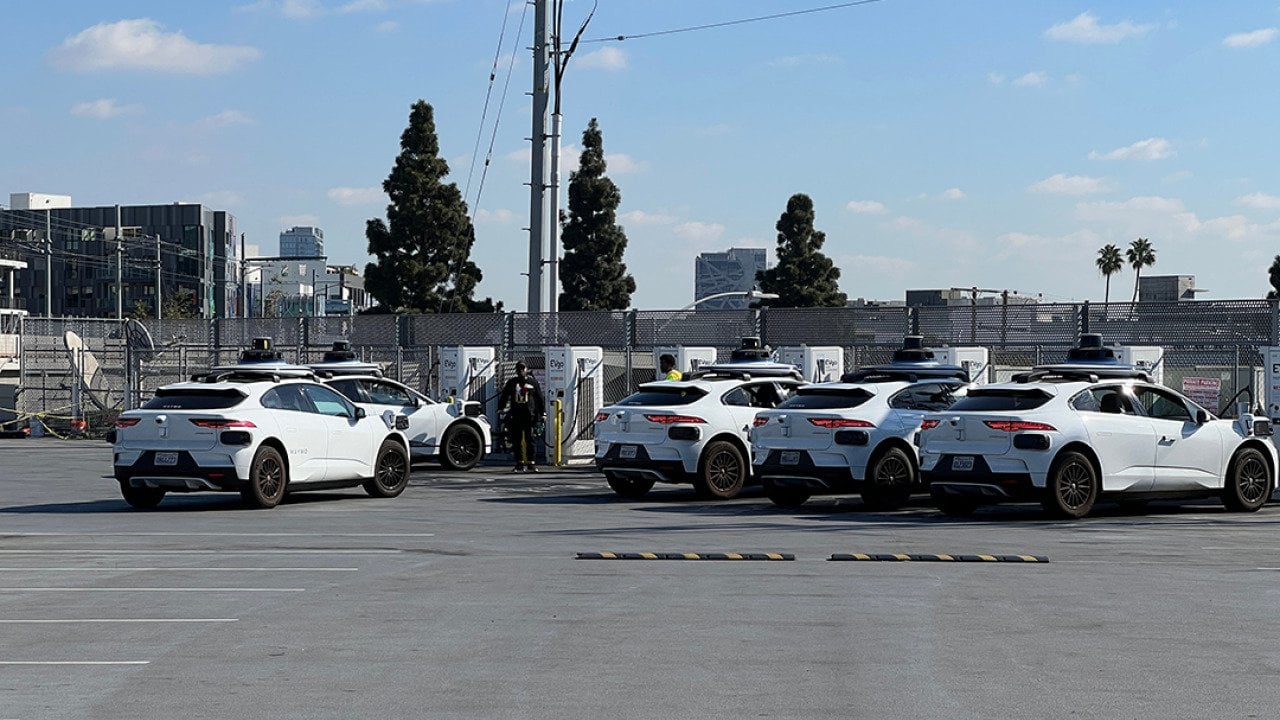As autonomous vehicles transition from futuristic concepts to everyday reality, a pivotal question emerges regarding the future of car insurance. The existing model, deeply rooted in human decision-making and driver liability, faces significant re-evaluation. With artificial intelligence increasingly taking the helm, the very foundation of how we assess risk and assign responsibility is undergoing a profound transformation, ushering in a new era for financial protection on the roads.
The advent of these advanced machines presents a dual challenge and opportunity for the auto insurance industry. While the promise of fewer accidents due to AI-driven precision is compelling, the introduction of sophisticated technology also blurs traditional lines of fault. Insurers are now grappling with complex legal frameworks and the shifting burden of liability from the individual driver to vehicle manufacturers or the developers of their intricate software systems.
Traditionally, an accident unequivocally pointed to the driver as the liable party. However, the scenario changes dramatically when an AI driving system is at the controls. This unprecedented shift necessitates a re-examination of established legal precedents, as courts and lawmakers worldwide strive to define fault when human oversight intersects with machine autonomy. The challenge lies in delineating responsibility in a landscape where the “driver” is no longer a human.
Furthermore, the evolution of insurance technology is rapidly accelerating. Many safety features integrated into modern self-driving cars, such as automatic emergency braking and advanced lane-keeping assist, already contribute to reduced premiums through various insurance discounts. This trend is a precursor to a more fundamental change in how actuarial science operates, moving beyond historical human accident data to incorporate real-time insights from vehicle sensors and complex AI systems, redefining risk models entirely.
The most significant structural change anticipated is the emergence of new insurance policies. As responsibility migrates from personal liability to product and system integrity, insurers are developing specialized product liability coverage for car companies and software providers. This transition acknowledges that systemic failures or design flaws within the autonomous technology itself could become primary causes of accidents, necessitating a different approach to coverage.
Experts also foresee the rise of shared responsibility models, a hybrid approach where liability could be distributed among vehicle owners, the original equipment manufacturers, and even third-party software developers. This multi-stakeholder model reflects the interconnected nature of the autonomous vehicle ecosystem, ensuring that accountability is comprehensive and reflective of every contributing element to the vehicle’s operation and safety.
In the not-so-distant future, the very concept of auto insurance could be integrated directly into the purchase price of a vehicle or offered as part of a subscription to an autonomous vehicles service. This bundled approach would fundamentally transform insurance from a personal expense to a component of the commercial or manufacturer-based operational cost, signifying a shift in the perceived purpose and delivery of financial protection on the road, driven by smart cars.
Ultimately, self-driving cars are not poised to eliminate insurance entirely, but rather to reshape it into a more technical and enterprise-focused domain, marking the car insurance future. The traditional policy, centered around individual human error, will evolve into a sophisticated system reflecting a shared network of liability among owners, tech companies, and manufacturers. This evolution promises to redefine how we perceive risk, responsibility, and the essential role of insurance in an increasingly automated world.






Leave a Reply